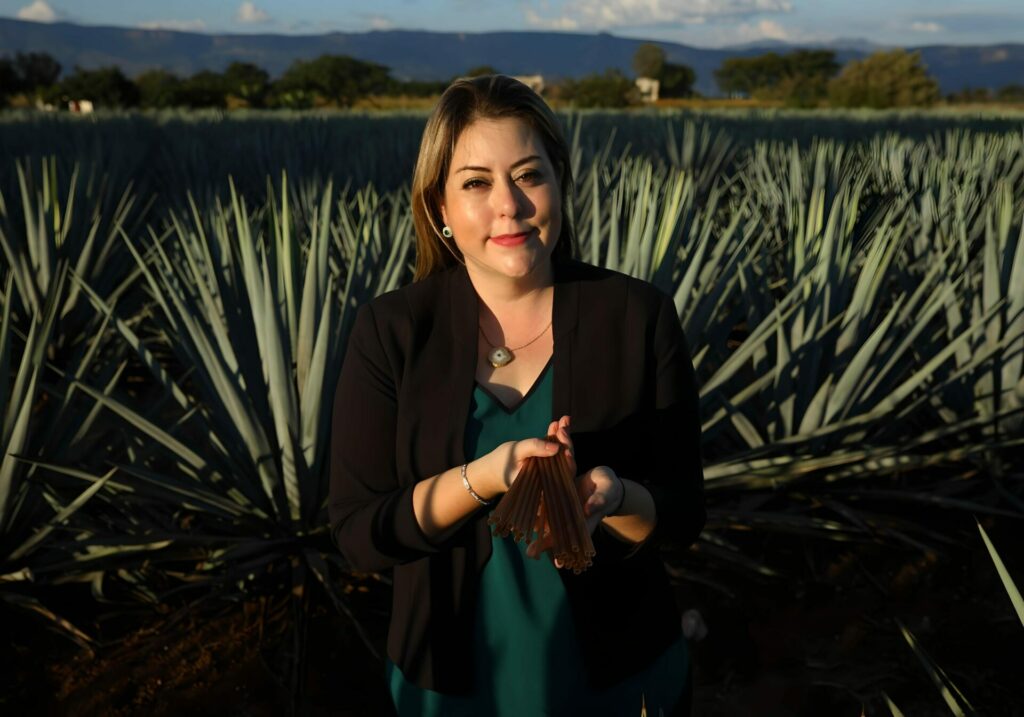
Up from the Ashes
By Tim Stobierski
May 2024
Losing everything in the fire was the best thing that could have happened to us.”
Those aren’t words that you’d expect to hear from most entrepreneurs. And yet Ana Laborde, CEO and co-founder of Mexico-based BioSolutions, stands by her statement.
In 2019, the company — which produces a bioplastic known as polyagave from the plant waste left behind after tequila production — was beginning to see traction with its products.
“We were starting to grow, and we were starting to have orders not just from early adopters, but from repeat buyers,” Ana says. “We got to the point that our production capacity wasn’t enough to keep up with the demand.”
To address this production shortfall, Ana and her team were weighing a number of options — from adding a second factory shift to expanding the building’s footprint to allow for higher volumes — when disaster struck. A spark in the middle of the night set the factory ablaze.
“We lost everything,” says Ana. “All of the equipment, all of the inventory, the materials, our other assets. Not even a pencil was left. Thank God no one was inside.”
One thing they didn’t lose? The trust and faith of their customers. Upon learning of the fire, one client did the unthinkable: He made an advance payment for one ton of polyagave, which he knew BioSolutions could no longer produce.
"We had to lose everything to be able to see outside the box and get us to a moment where real growth was possible."
“I called him and I asked him, ‘Why are you paying me in advance for something that I can’t give you?’” Ana recalls. “And he said, ‘Because I know you’re going to figure out how to do it, and when you do, I want to be the first one you sell your product to.”
Rebuilding the factory in such a short period of time was impossible. But Ana saw a different path: BioSolutions could hire another factory with excess production capacity to produce its proprietary bioplastics instead of doing it themselves.
“They told us they could do it, but to make the numbers work we would need to purchase double or triple the inventory that we were used to,” says Ana. “We agreed, knowing that we could work through the inventory over the next few months.”
They didn’t have to wait. All of their inventory sold out within the first month.
“It was then that I realized we were the bottleneck to our own growth the entire time,” Ana says. “As soon as we had the volume to sell, we were able to sell it. We had to lose everything to be able to see outside the box and get us to a moment where real growth was possible.”
Today, Ana often recommends the “fire exercise” to other entrepreneurs.
“Ask yourself: If I lose everything that I have right now, how can I keep my business afloat? Better yet, how can I grow my business from the ashes?”
